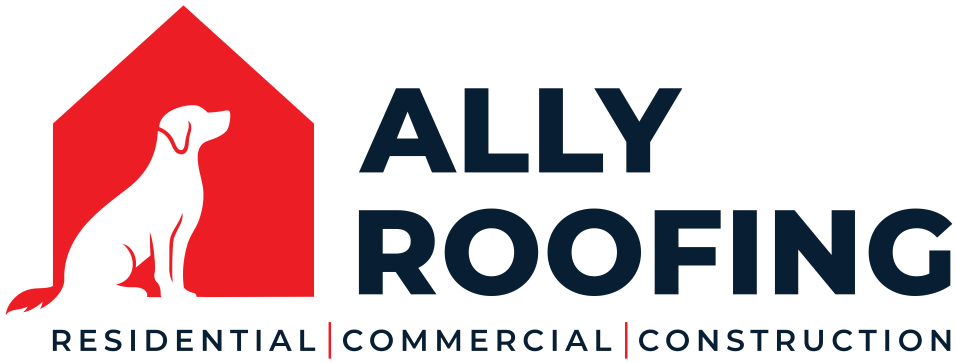Essential Steps to Storm Damages
Is storm damage a problem for you? Already seeing water damage? If so, immediately follow these six essential steps to stay safe and minimize damage.
1. Safety First for Family and Pets
Assist all people and pets outside away from potential hazards of electricity, debris, and standing water.
2. STOP Water Flow
If safety allows, stop water flow to minimize and decrease damage.
3. Call A Professional
After locating the water source and safely stopping the flow, notify your home owner’s or renter’s insurance company. Then contact a skilled Charlotte storm damage restoration crew.
4. Adjust Thermostat to 70 Degrees or Lower
Your home needs to stay cool to prevent mold and mildew growth that thrive in warm moist conditions.
5. Reduce Additional Damage to Keepsakes and Valuables
Prevent further rust and staining of floors by using pieces of cardboard, plastic, or foil beneath furniture legs. Remember to move special keepsakes and anything breakable to a safer location.
6. Limit Walking Inside Home
Keep time spent walking inside on wet floors and/or carpets to a minimum. Doing so spreads water, mold, and mildew to previously undamaged areas. This increases the surface area that needs to be cleaned.
In Water Damaged Areas Do NOT :
- Use any electrical appliances including cell phones while standing in or touching wet surfaces.
- Use light fixtures or ceiling fans with slightly wet ceilings.
- Stay in rooms with drooping ceilings due to water saturation.
- Enter affected areas if electrical outlets, switches, circuit breakers or electrical equipment have been exposed to or are submerged in water. Always avoid electrical shock hazards.
- Use your household vacuum cleaner to remove water, possibly causing electrical shock to yourself or damage to the vacuum cleaner.
- Do not attempt to clean up contaminated (sewer) water.
If your home or business suffers storm damages, give Mission Restoration a call at 704-727-2000.




It helped a lot when you mentioned how you should take the time to keep your home at a proper temperature to avoid damages to it. I can see how anyone looking into this would also want to take the time to consult with their property restoration company in order to find the best way to protect it. My brother was talking about how he needed to find the best way to work with his property damage coverage, so I’ll share your page with him for help.
My basement was recently flooded after a recent storm, so thanks for sharing this. I like your point about setting your thermostat to 70 degrees or lower to prevent mold growth. I don’t want to risk mold growing before I can get it cleaned up, so I’ll be sure to do this.